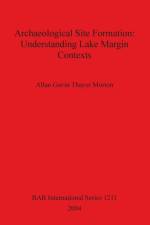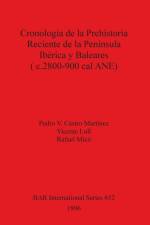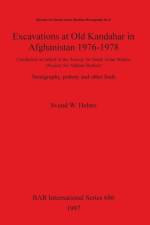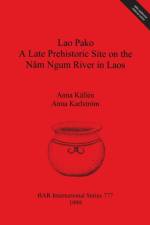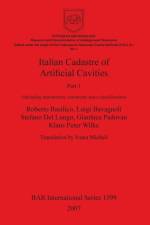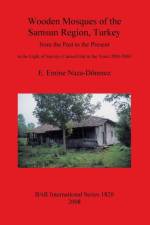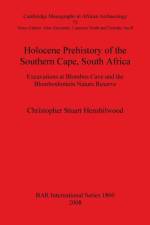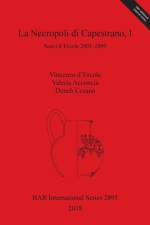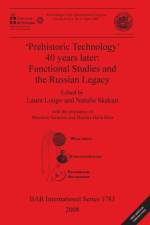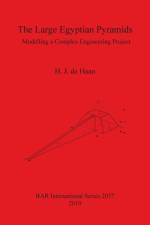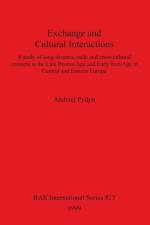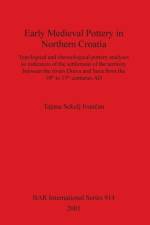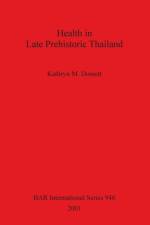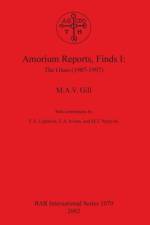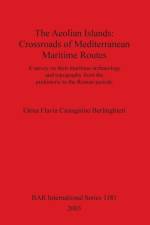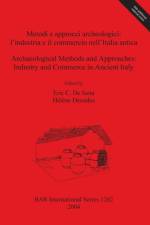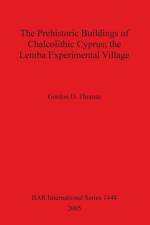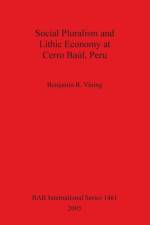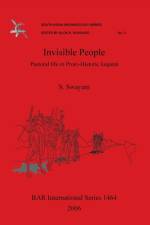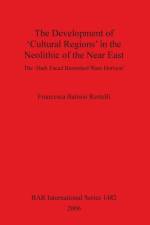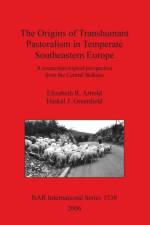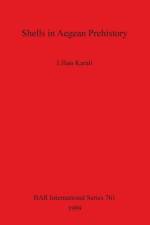- Scavi d'Ercole 2003-2009
von Vincenzo d'Ercole, Deneb Cesana & Valeria Acconcia
261,00 €
La necropoli di Capestrano (AQ), celebre per la famosa statua di guerriero, rappresenta il sito archeologico più noto dell'età preromana dell'Italia medio-adriatica. Fin dal 1934 gli scavi archeologici hanno scoperto una complessa area funeraria databile al periodo tra VIII sec. a.C. e gli inizi del II sec. d.C. per un totale di circa 500 tombe. Nel primo volume gli autori offrono un catalogo completo degli scavi condotti nell'area di Fossascopana, il settore centrale della necropoli, tra il 2003 e il 2009. La completa documentazione delle indagini archeologiche qui condotte include: storia delle ricerche, aspetti del rituale funerario, tipologia degli oggetti di corredo, indicatori dell'organizzazione sociale, analisi tafonomica, dati antropologici e paleopatologici.The necropolis of Capestrano (AQ, Abruzzo), well-known for its warrior statue, is the most famous archaeological site of the pre-Roman middle-Adriatic area of Italy. From 1934 onwards, archaeological investigations have uncovered a complex funerary area dating to the period between the 8th century BC and the 2nd century AD, with a total of about 500 burials. In this first volume, the authors offer a complete catalogue of the excavation in the Fossascopana, a central sector of the necropolis, investigated between 2003 and 2009. They present a documented review of the history of research on the site, archaeological artefact typologies, funerary aspects, burial rituals and social organization, alongside taphonomic, anthropological and palaeopathological data.With contributions by Silvia D'Alessandro, Francesca Delle Grazie, Serafino Lorenzo Ferreri, Francesca Mancini, Stefania Montanaro, Federica Properzio, Elena Rossi, Laura Sagripanti and Serena Torello Di Nino


